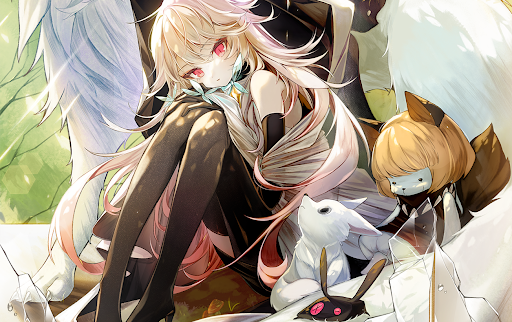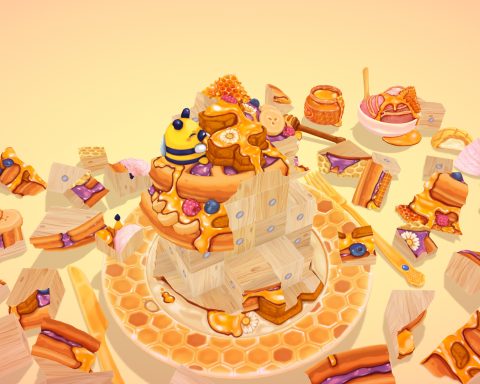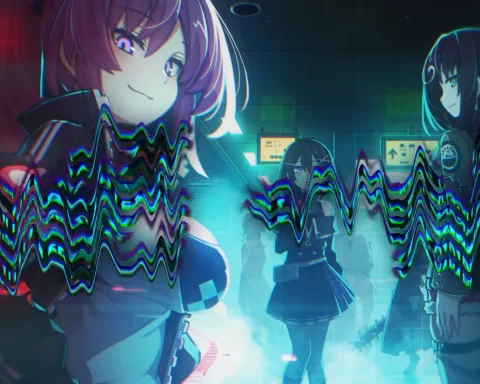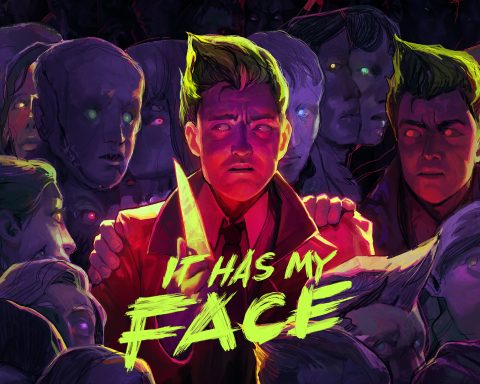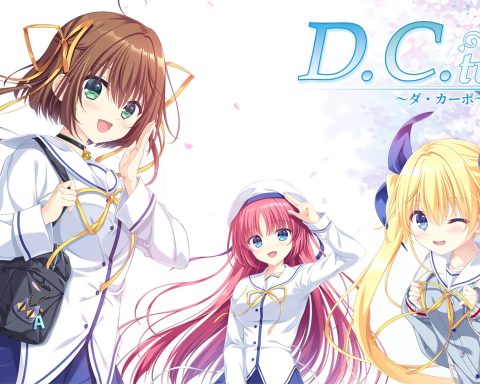Unfortunately, WitchSpring3 [Re:Fine] is simply not a good game. There’s the germ of a good idea in there, and as someone that loves Atelier and JRPGs that respect your time, I loved that this one was a brief experience of a few dozen hours (at most), and had a particular focus on alchemy mechanics. The game’s a mess otherwise, though, and that’s deeply unfortunate.
It was a mobile game before getting a premium adaptation for the Switch console. Sometimes this can work – the recent Shadowverse on Nintendo Switch is a great example of that. However, mobile games are built in particular ways, and these days generally have a massive wealth of systems that are layered on top of one another to prioritise engagement. None of that has been stripped out of WitchSpring3, and that’s to the game’s detriment. You’ll go out and collect materials from the world, either by fighting enemies or picking them up from the environment (Atelier-style), and those items will have countdowns before you can pick them up again (an arbitrary restriction that is a hold-over from the mobile game). You’ll use those materials to alchemy up things, but naturally, the really good things require incredibly rare materials, so the grind can be quite extensive (another mobile quality – at least, to this level of excess).
But then there’s the dating game-style levelling up system, where, every so often, you need to set tasks from a menu of them to improve various stats. This is cumbersome in the extreme (there is nothing wrong with the way other games simply let you level up characters), and becomes yet another system to grapple with. And then there’s the combat system, which, though it allows the use of stuff that you’ve been alcheming up, has a tonal dissonance with much of the rest of the game. Basically, what I’m driving at here is that I could feel all the mechanics of WitchSpring3 at work as I played. Rather than a cohesive, coherent artistic vision, the game feels like it’s just a bunch of high-engagement “best practices” mashed up together, and while it all works, it also all left me a little cold.
The narrative, thin as it is, didn’t do much to endear me to the game either. It didn’t help that I’ve played the same basic concept in a much better form recently. In WitchSpring3, you play as a witch that has hidden herself away in a forest to avoid the hostile soldiers of the human realm from coming after her. It’s the exact same set-up as Idea Factory’s Dragon Star Varnir, but where Dragon Star offered a narrative that was often deep (sometimes surprisingly so) in the way that it played on fairy tale traditions and the strong feminist theme that it has running through it, WitchSpring3 offers exactly what you’d expect from a mobile game. That is, there’s a bare minimum of plot, to the point where you feel like writing the story genuinely irritated the developers. It seems like the only interest in the writing, characterisation and narrative was to push players towards the next objective, following breadcrumbs through an experience that has no meaning nor purpose to it.
Oddly, given that WitchSpring3 has little to give the player beyond the breadcrumbs, it can be maddeningly obscure about what it actually wants you to do sometimes, too. The journal system is spectacularly unhelpful, and while the maps are tiny in scale, waypointing is clumsy. There were a few times that I was more lost than I wanted to be for a game where engagement is tied up with playing through in a methodical, linear fashion.
The world itself doesn’t do much to help the cause, either. WitchSpring3’s environments are pretty much empty, aside from the resource points and enemy monsters (who mostly stand still, giving you the option to avoid fighting them, but with the consequence of an already static series of settings becoming even more static). They’re pretty enough, with a pastel-like use of colour that gives the game a storybook impression, but the lack of energy undermines that, meaning the game looks better in stills than in motion.
Similarly, combat lacks visual bite. There is a reasonable range of combat abilities at your disposal, and with the ability to summon alchemy dolls to provide bonus effects, there are some interesting tactical moments against the bosses in particular. But I had battles – often – where parts of the environment would obscure my character (or the enemy) entirely, meaning that I was simply staring at a motionless screen while I waited for animations that I couldn’t see to play out that. Even when I could see them, the level of visual understatement with regards to both physical and magical attacks left a very underwhelming impression. It’s almost like they were trying to be too subtle.
On a bright note, however, the occasional key art CG is beautiful, and gives us a hint as to what the vision behind WitchSpring3 could have been. With stronger characterisation, a more meaningful narrative, and a more evocative world, those key arts could have emphasised key moments within the game. As it is, they’re just particularly pretty examples of anime art. I would probably retweet it if I saw it on Twitter, but in a video game, I want more context than that.
I actually feel terrible that I haven’t enjoyed WitchSpring3 more. In isolation it has a lot going for it – I love pastel aesthetics, I love cute witches. I love the CG art. I really love alchemy JRPGs. Unfortunately, WitchSpring3 is a little too obviously a “mobile JRPG best practices” game, so a lot of its potential is let down by less-than-enthusiastic storytelling and a mechanical approach to gameplay systems that left me feeling very cold.

